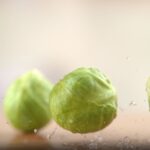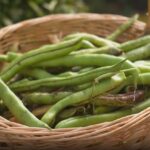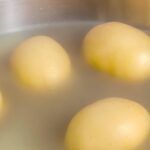Salmon, a popular and nutritious fish, is a staple in many diets around the world due to its rich flavor and health benefits. Knowing how to properly store cooked salmon is essential to maintain its quality and safety. This detailed exploration into cooked salmon preservation will cover all aspects from shelf life to recognizing spoilage, ensuring you can enjoy this delicious fish safely at its best quality.
The shelf life of cooked salmon is influenced by various factors including the freshness of the fish prior to cooking, the method of cooking, and how it is stored afterward. Typically, cooked salmon can last in the refrigerator for about 3 to 4 days if stored properly. However, this can vary based on specific conditions which we will discuss in detail, including the impact of temperature, exposure to air, and moisture.
Optimal Storage Conditions for Cooked Salmon
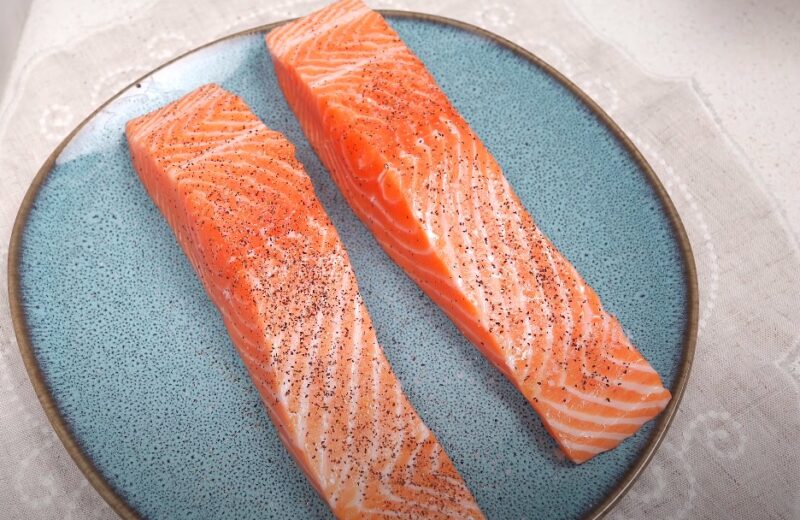
To maximize the shelf life of cooked salmon, understanding and maintaining optimal storage conditions is key. This involves temperature control, avoiding cross-contamination, and using the right storage containers. Refrigeration at or below 40°F (4°C) is crucial, and cooked salmon should be stored in airtight containers to keep out moisture and other contaminants.
Freezing Cooked Salmon for Extended Shelf Life
Freezing is a viable option for extending the shelf life of cooked salmon beyond just a few days. Proper techniques for freezing and thawing cooked salmon are vital to preserving its texture and flavor. This section will discuss how to properly freeze cooked salmon, how long it can be kept frozen, and the best methods for thawing to ensure quality and safety.
Recognizing Signs of Spoilage in Cooked Salmon
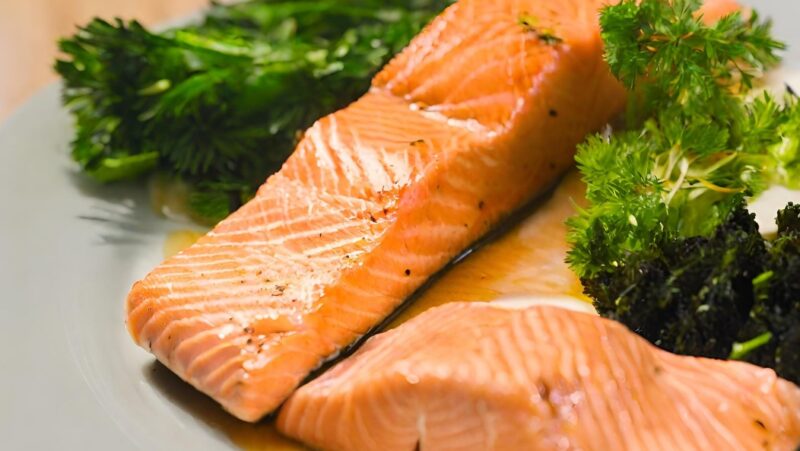
Being able to identify when cooked salmon has gone bad is important to avoid foodborne illnesses. This part of the article will discuss the signs of spoilage such as changes in color, texture, and smell. Understanding these signs will help in ensuring that you consume the fish when it’s still safe and enjoyable.
Health Implications of Consuming Spoiled Salmon
Consuming spoiled salmon can lead to food poisoning and other health issues. It’s important to understand the risks associated with eating spoiled fish and the symptoms of foodborne illness. This section will provide information on the potential health implications and why it’s crucial to adhere to storage guidelines and consumption timelines.
Best Practices for Handling and Storing Cooked Salmon
To wrap up, we will go over best practices for handling and storing cooked salmon. This will include tips on cooking, cooling, and reheating salmon to preserve its quality and safety. By following these guidelines, you can extend the shelf life of your cooked salmon, reduce waste, and enjoy this nutritious fish in a variety of delicious meals.
Detailed Insights into Refrigeration Techniques
Refrigeration is the most common method for storing cooked salmon, but not all refrigeration techniques are created equal. This section delves deeper into how to refrigerate cooked salmon effectively, including placement in the fridge, the importance of cooling the salmon before refrigeration, and how to properly wrap or contain the salmon to maintain its freshness and prevent it from absorbing other odors or tastes from the refrigerator.
The Role of Marinades and Seasonings in Preservation
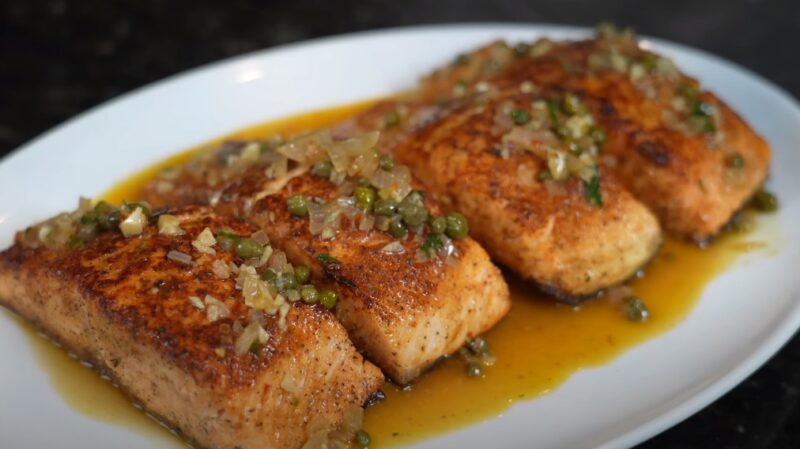
Marinades and seasonings can impact both the flavor and shelf life of cooked salmon. Certain ingredients in marinades can act as preservatives, potentially extending the freshness of cooked salmon. However, understanding the balance and how different ingredients interact with the fish is crucial. This part will explore how various marinades and seasonings affect the longevity of cooked salmon and tips for marinating.
Guidelines for Reheating Cooked Salmon
Reheating cooked salmon can be tricky, as improper reheating can lead to dryness, loss of flavor, or even make it unsafe to eat. This section provides guidelines on how to safely reheat cooked salmon, including recommended temperatures, methods, and how to retain the moisture and quality of the fish during the reheating process.
The Science Behind Spoilage and Food Safety
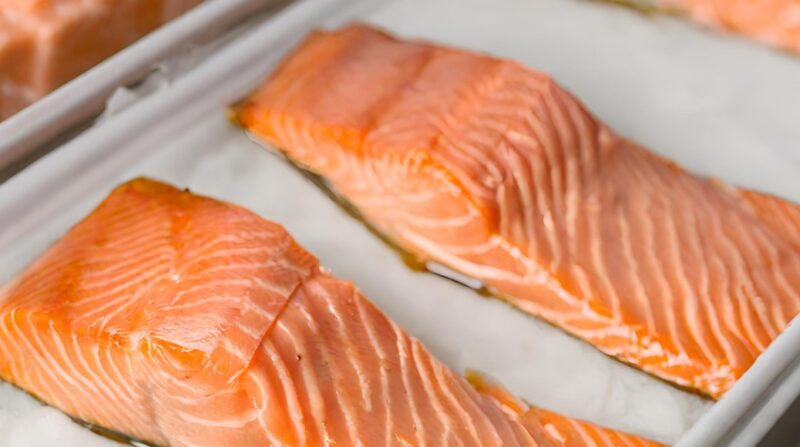
To truly understand the importance of proper storage and the risks of spoilage, a basic understanding of the science behind it is helpful. This part will delve into the microbiological aspects of spoilage, how bacteria growth is related to temperature and environment, and the specific pathogens that are a concern in seafood. Additionally, it will cover the guidelines and regulations set by food safety authorities regarding cooked salmon and general seafood consumption.
Creative Ways to Use Leftover Cooked Salmon
Often, the best way to avoid wasting cooked salmon is to use it in new and creative ways before it spoils. This section will provide inspiration and ideas for repurposing leftover cooked salmon, including recipes and tips for incorporating it into various dishes. From salads and pastas to spreads and more, you’ll learn how to give new life to your cooked salmon leftovers.
FAQs
Can I store cooked salmon with other cooked fish or meats in the same container?
It’s generally not recommended to store cooked salmon with other meats or fish due to flavor transfer and varying shelf lives. To maintain its quality and taste, store cooked salmon in its own airtight container.
How can I tell if frozen cooked salmon is still good to eat when thawed?
When thawed, good cooked salmon should retain its color and have a fresh smell. If it smells overly fishy, sour, or ammonia-like, or if it has a slimy texture, it should be discarded.
Is it safe to cook salmon ahead of a party and then refrigerate it for serving later?
Yes, you can cook salmon ahead of time and refrigerate it. Make sure to cool it quickly to prevent bacterial growth and store it in the refrigerator within 2 hours of cooking. Consume it within 3-4 days for best quality and safety.
Can I vacuum seal cooked salmon to extend its shelf life?
Vacuum sealing can help extend the shelf life of cooked salmon by reducing exposure to air and bacteria. When vacuum-sealed and refrigerated properly, it can extend the freshness of the fish, but always ensure it’s consumed within recommended timeframes.
What is the best way to cool salmon quickly before refrigeration?
To cool salmon quickly, divide it into smaller portions or slices and spread them out on a baking sheet or shallow pan. You can also place it in a cold water bath, ensuring the salmon is in a leak-proof package.
Does the type of salmon (wild vs. farmed) affect how long it lasts when cooked?
The shelf life of cooked salmon is generally similar for both wild and farmed varieties when stored properly. However, differences in fat content and texture might cause slight variations in spoilage rates, with fattier fish potentially spoiling faster. Always check for freshness regardless of the type.
Final Words
Properly storing and handling cooked salmon is crucial for maintaining its quality, safety, and flavor. By understanding the various factors that affect its shelf life, employing the right storage and reheating techniques, and knowing when it’s time to discard spoiled salmon, you can enjoy this nutritious and delicious fish with confidence.
Whether you’re a culinary enthusiast or simply looking to make the most of your meals, these insights into cooked salmon preservation will help you minimize waste and maximize enjoyment. So next time you cook salmon, remember these guidelines and savor every bite!

